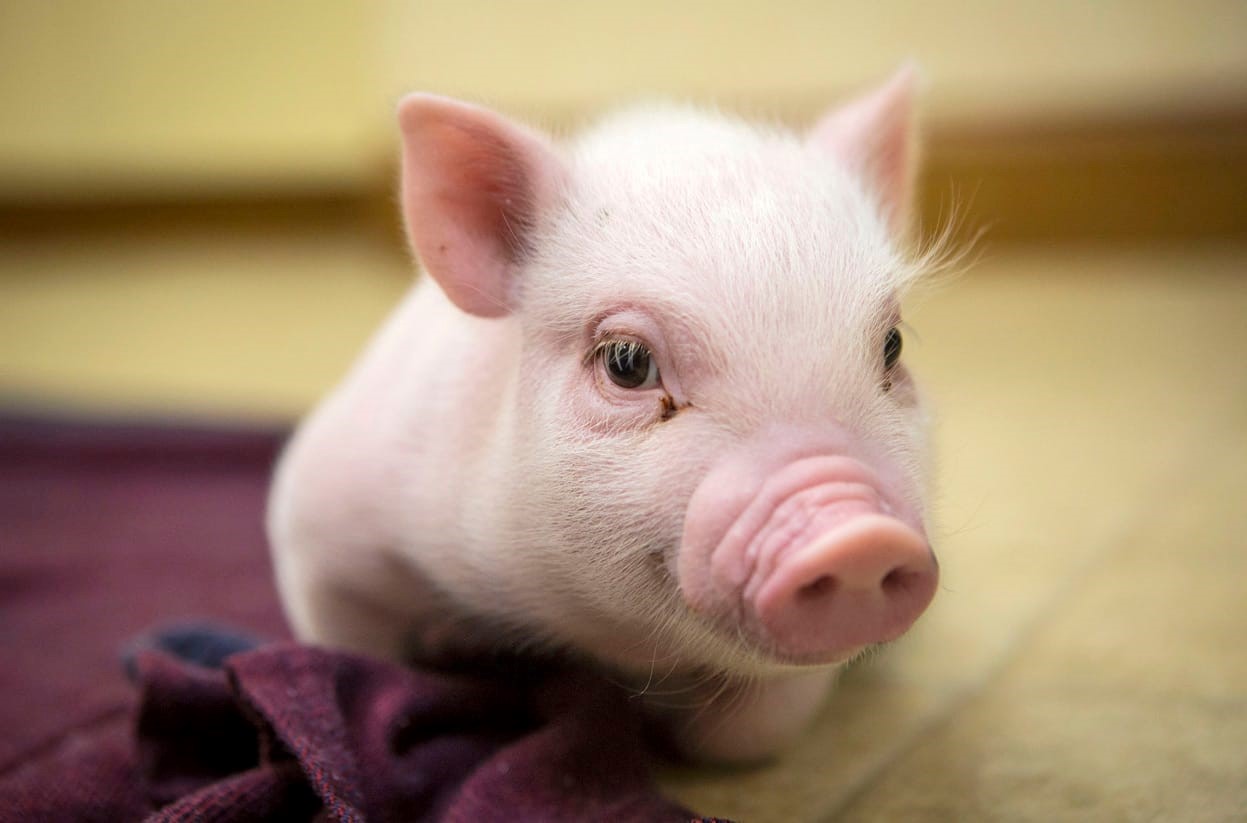The post-weaning period is one of the most critical and vulnerable stages in pig production. Without proper management, piglets are at high risk of disease, stress, and mortality, leading to significant economic losses.
As experienced pig farmers know, the post-weaning phase is a major shock for piglets: Sudden weaning, separation from the sow, changes in living environment and feed, coupled with an immature immune system, make piglets vulnerable. As a result, piglets are easily stressed and prone to diseases such as diarrhea, pneumonia, enteritis, especially from E. coli, Clostridium, PRRS, PCV2, etc. Without proper care, mortality can reach 10–30%, increasing costs and reducing farm productivity.

I. Goals of the post-weaning phase
– Minimize stress, maintain gut health
– Prevent diarrhea and pneumonia
– Achieve uniform weight gain
– Keep mortality rate below 5%
II. Techniques to reduce post-weaning losses
1. Optimal timing and method of weaning
Recommended weaning age: 21 to 28 days, depending on the health of the sow and piglets. Avoid early weaning as piglets are more stressed and lack resistance to harmful factors, increasing disease risk. Late weaning may lead to nutrient deficiencies (as milk production declines over time), and also reduces the number of litters per sow per year, affecting productivity.
Preparation 5–7 days before weaning: Gradually introduce creep feed, digestive enzymes, and electrolytes. Early feeding from 5–7 days of age is encouraged to stimulate faster development of the digestive system.

2. Preparation of the weaning pen
Thorough disinfection using broad-spectrum disinfectants.
Ensure the environment is clean, warm, dry, and draft-free.
Pen density: 15–18 piglets per pen. Avoid overcrowding to reduce fighting and facilitate health monitoring.
3. Nutrition management
Use high-quality creep feed 7–10 days before and after weaning.
Prioritize easily digestible feed with added probiotics, enzymes, and organic acids.
Feed small amounts multiple times per day to avoid digestive upset.
Provide clean drinking water, optionally mixed with electrolytes and Vitamin C. Recommended products: ORESOL ORAL, VITA C 10%.

4. Effective disease prevention
Ensure piglets are vaccinated according to age and local epidemiology.
From Day 3–5 after weaning:
Preventive antibiotic use (as advised by a veterinarian) such as: Amoxicillin, Colistin, Florfenicol, etc. Suggested products: AMOXCIN 100 WS, COLIMIX 4%, FLORONE, etc.
Combine with probiotics, electrolytes, Vitamin C for 5–7 days. Product example: COOLVIT – helps boost immunity and restore electrolyte balance.
5. Minimize stress to the maximum
Avoid frequent movement between pens and overcrowding.
Do not change feed suddenly.
Avoid injecting multiple drugs at the same time.
Enhance monitoring and management to detect signs of disease early and isolate/treat promptly.
The post-weaning phase is a crucial starting point for piglet development. Proper management will reduce mortality, boost growth rate, lower costs, and lay a strong foundation for healthy pig development.
